 |
Overbite (Class 2 problems)
Class II problems represent abnormal bite relationships in
which the upper jaw and its teeth are located in front of the lower jaw. Class
II patients usually exhibit a convex facial profile with a recessed chin. In
most cases, this relationship is due to inherited characteristics.
|
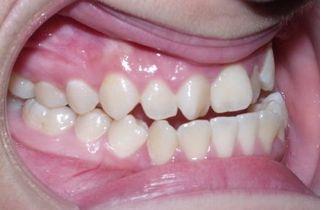 |
Underbite (Class 3 problems)
Class III problems are also primarily genetic in origin. In
this instance, the lower jaw and teeth are positioned in the front of the upper
jaw structures. Facially, the appearance may give the impression that the lower
jaw is excessively large, but in many cases the lack of upper jaw development is
at fault.
|
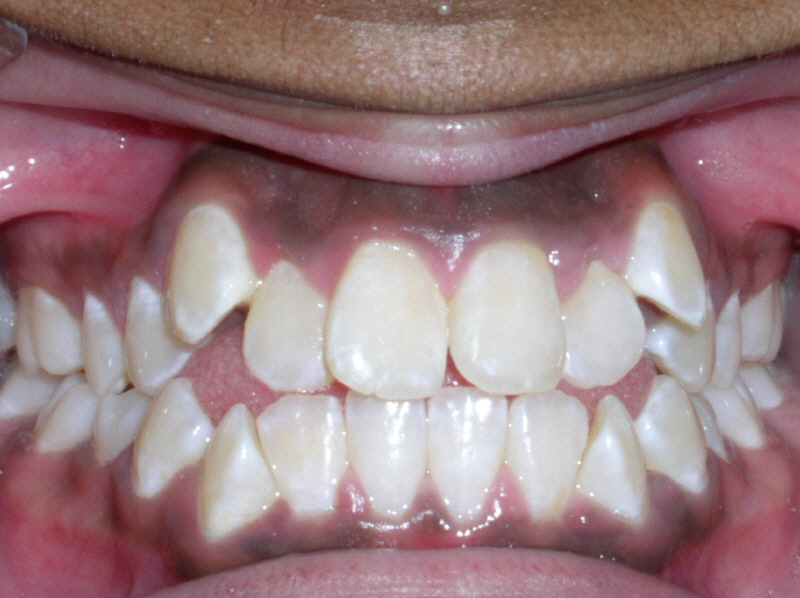 |
Crowding
Crowding of the teeth is probably the most common problem
associated with the need for orthodontic care. Although many factors contribute
to dental crowding, this problem usually stems from a discrepancy between space
available in each jaw and the size of the teeth.
|
 |
Spacing
Spaces between teeth are another common problem associated
with the need for orthodontic care. Like crowding, spacing may be related to a
tooth-to-jaw size disharmony.
|
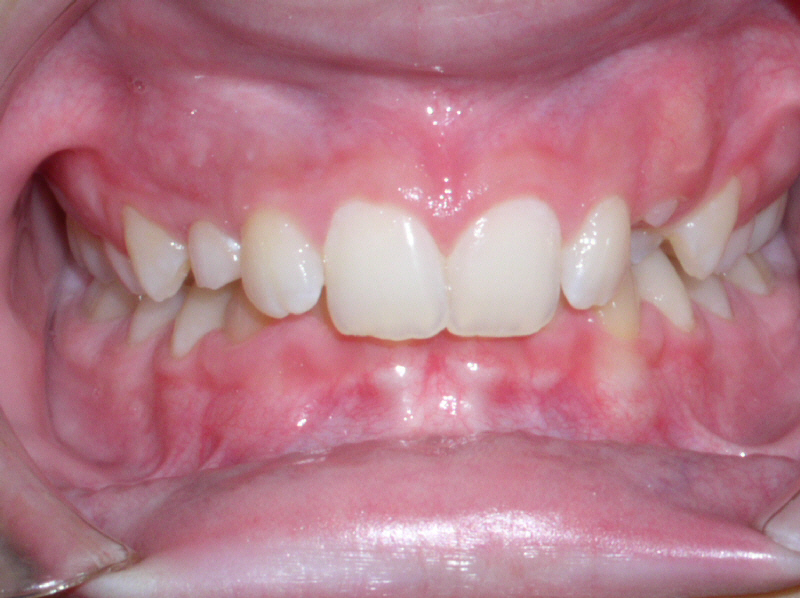 |
Deep Overbite
Excessive vertical overlapping of incisor teeth is generally
found in association with a discrepancy between the length of the upper and
lower jaws. It usually results in excessive eruption of the upper or lower
incisors or both.
|
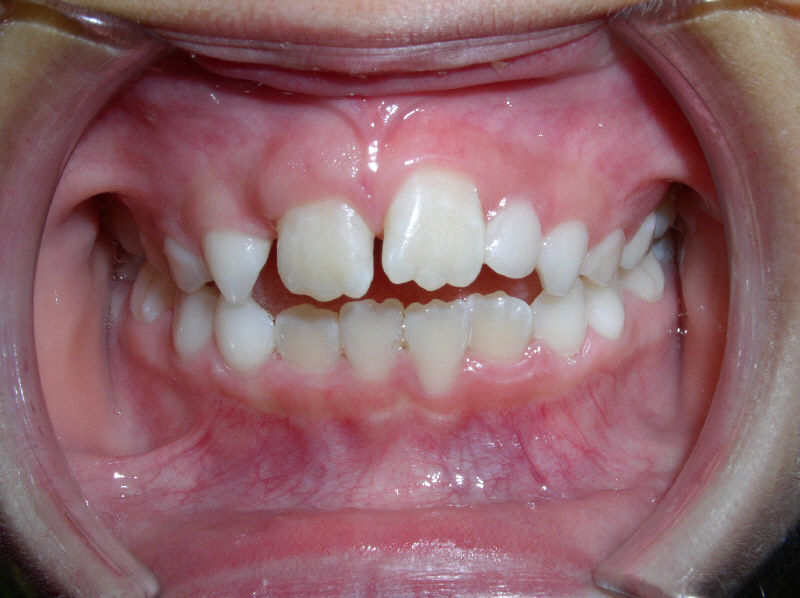 |
Open Bite
A lack of vertical overlap of the incisor teeth can usually
be traced to jaw disharmony or local factors (i.e., digit sucking habits and
posturing of the tongue between the front teeth) or excessive vertical growth of
one or both jaws. Early assessment and intervention with these disorders is
critical to overall success.
|
 |
Posterior Crossbite
Posterior crossbites usually result from a constricted upper
jaw or abnormally wide lower jaw. A narrow upper jaw will often force a patient
to move their lower jaw forward or to the side when closing into a stable bite.
When closed into this accommodated position, the lower teeth are located outside
the upper teeth.
|
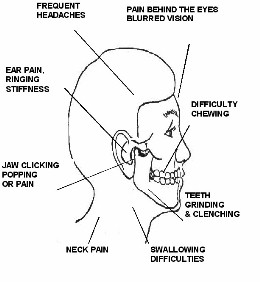 |
Temporomandibular Joint (TMJ) Disorders
Problems with altered function of the TMJ (Jaw Joint) and
associated muscles are usually the result of multiple factors. These factors may
include facial injuries, stress, malocclusion, and parafuntional habits such as
clenching and grinding. Symptoms can include headache, pain around the ear area,
limited jaw movement or noticeable clicking or popping.
|
Mirror
Test Your Smile:
Look at your smile in a mirror or your child's
smile. If you see the warning signs of a bad bite, we can help you. Give
our office a call!
- Top front teeth protrude or are "bucked"
- Top front teeth cover more than a quarter of the
bottom front teeth when the back teeth are biting together
- Top front teeth fit behind the bottom front teeth
- A weak chin or a prominent chin
- A space exists between the top and bottom front
teeth with the back teeth biting together
- Crowded, overlapped, misplaced teeth or extra teeth
- Some teeth don't meet at all
- The center-lines of the top and bottom front teeth don't
line up
In addition there are some other signs that warrant an
orthodontic evaluation as soon as possible. These include:
You or your child experience difficult chewing
Open-mouth breathing
Thumb or finger sucking
Jaws that click or pop
Obvious abnormal bite development of any kind
|

